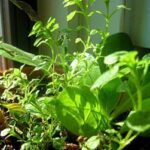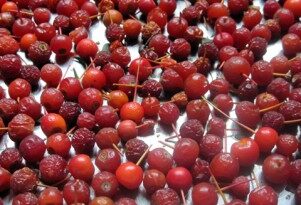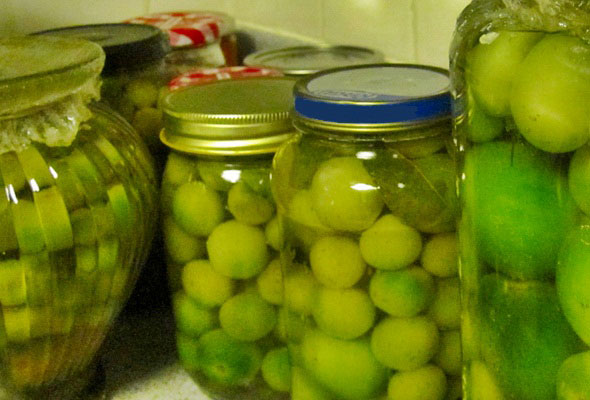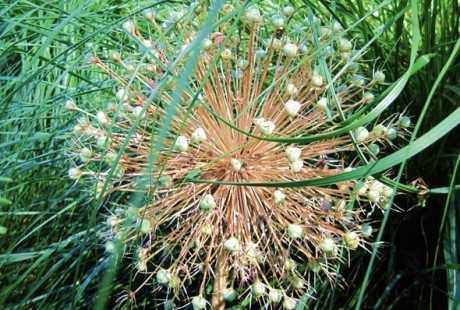snowing
I woke up this morning to a wispy snow flurry, the thin and icy kind that comes about when temperatures drop too low. Eighteen degrees, to be precise. It settled, unsure, in a thin, powdery layer that still lets the ground show through.
I almost hesitated to disturb the pristine cover when I went out into the back yard to put seed in the bird feeder. It doesn’t feel cold, though, I don’t know why, just eerily quiet and still, like it is in winter sometimes, as if the thin layer of snow absorbed all the sounds.
As the temperatures slowly rose the flurry turned more substantial and kept churning steadily but didn’t accumulate.
I don’t like winter, just saying.
On a more cheerful note, it seems it’s going to warm up even more over the next few days, whatever that means, considering it’s still winter, and to celebrate this I gave the nursery catalogs a first glance.
Designing the garden is the most important step and a task that usually becomes an afterthought, a consequence of random impulse buys that happen as the endless rows of blooming beauties entice you at the plant nursery.
As it is with fashion, not everything that looks good in the display window is going to fit you or meet your needs. You need to know your garden well before you start dressing it up, so to speak. Here are three important characteristics that make or break your landscape design, and they are things you can’t do much about, at least not without extreme effort: soil pH, sun levels, and climate zone. In theory, the soil chemistry can be altered to make it anything you want, but if that were easy, raised garden beds would have never been invented. One observation, soil is heavy and tends to revert to its natural state, because the conditions that made it acidic or alkaline in the first place are still there.
Garden enthusiasts usually pay attention to the last two characteristics when bringing plants home, but not the first one, even though the soil acidity makes all the difference to the plants, which have adapted to draw nourishment from a very specific combination of elements. So, before you even start thinking about what plants to add, do a quick soil test. I wish I’d thought of that before I brought those azaleas home; they would have been much better off left at the store.




 Previous Post
Previous Post Next Post
Next Post




